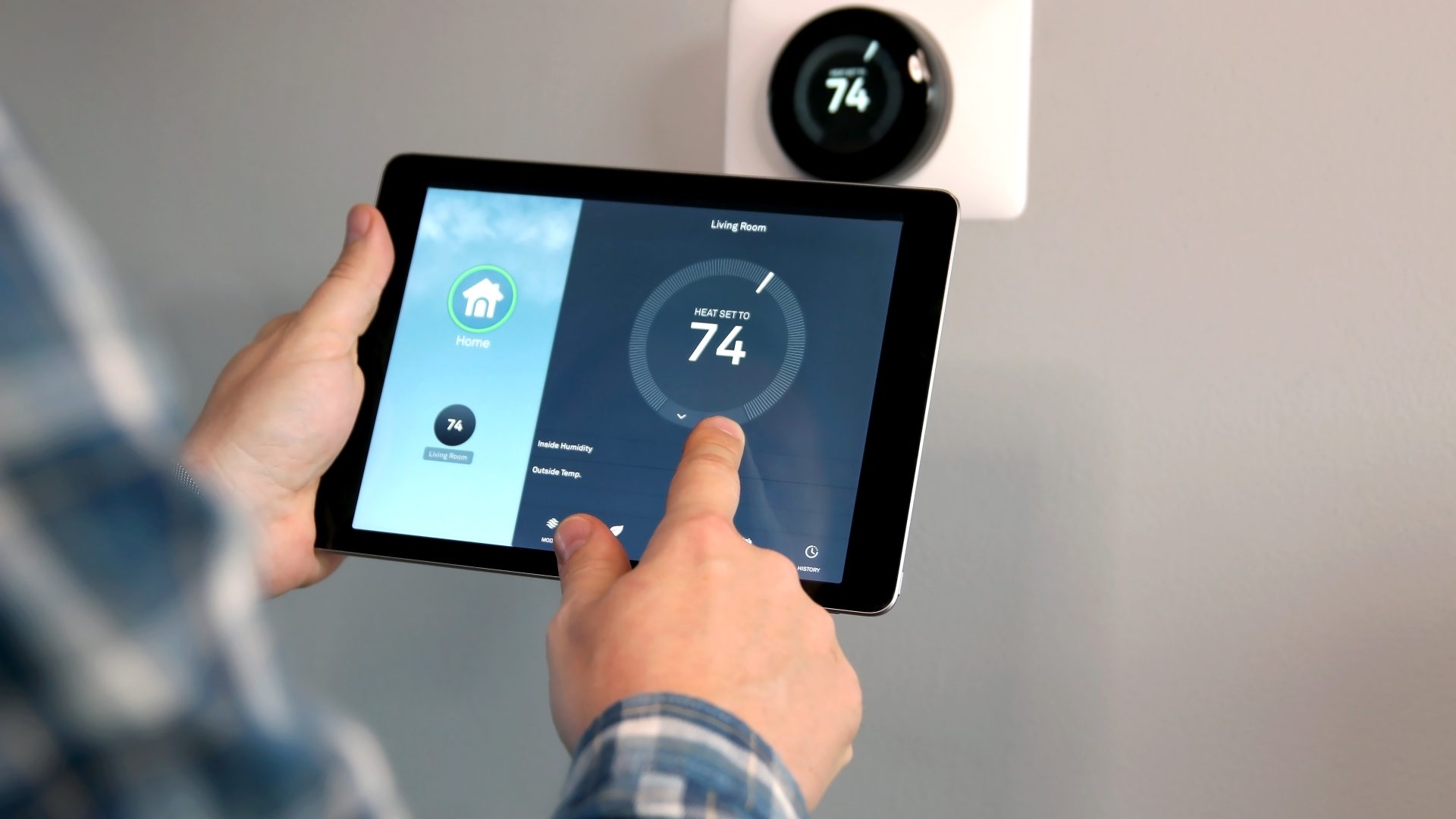Furnace issues can quickly turn a cosy home into a chilly abode, presenting major discomfort, especially during the colder months. Whether your heating system is operating inefficiently or not, understanding some basic DIY furnace troubleshooting tips can save time and money.
However, there are instances when calling a professional becomes essential. With over two decades of experience, Advanced Cooling has been the trusted choice for heating and cooling solutions in Texas and Oklahoma. Our expertise extends to commercial and residential equipment, ensuring optimal climate control and air quality. Below, we provide some essential furnace troubleshooting tips along with guidance on when it’s time to enlist the help of a professional.
DIY Troubleshooting Tips
1. Check the Thermostat: One of the simplest and often overlooked issues is a malfunctioning thermostat. Before diving into complex troubleshooting, verify that your thermostat:
– Is set to “heat.”
– Has the correct temperature settings.
– It has working batteries if it’s a battery-operated unit.
Sometimes, resetting the thermostat by turning it off and back on can fix the problem.
2. Inspect the Air Filter: A dirty or clogged air filter can reduce efficiency or even cause the furnace to shut down. Depending on usage and the type of filter, filters should be replaced every 1-3 months. A clean filter ensures better airflow and minimizes strain on your heating system.
3. Check the Circuit Breaker: Furnaces are typically connected to a dedicated circuit breaker. A tripped breaker might be the source of your furnace woes. Make sure to locate your breaker panel and verify that the furnace’s breaker is in the “on” position. If it’s tripped, reset it by flipping it off and back on.
4. Examine the Pilot Light or Ignition System: Older furnace models have a pilot light that may go out, while newer models have electronic ignition systems. Check if the pilot light is lit; follow the manufacturer’s instructions for relighting it. For electronic ignition systems, consult the user manual for troubleshooting procedures.
5. Clear the Area Around the Furnace: Ensure that no objects are obstructing the furnace. Clutter can hamper air circulation around the unit, impacting its efficiency and performance. Make sure there’s at least a 2-foot clearance around the stove.
6. Inspect the Vents and Ducts: Blocked or dirty vents and ducts can severely reduce your furnace’s efficiency. Ensure all supply and return vents are open and unobstructed by furniture or other objects. If you suspect substantial duct blockage, it may require professional cleaning.
When to Call a Professional
1. Persistent Strange Noises: Rattling, banging, or whining noises from your furnace often indicate a serious issue. These sounds can be caused by several problems, including loose components or internal malfunctions.
2. Frequent Cycling: If your furnace frequently turns on and off, it could be due to an oversized or undersized unit, a malfunctioning thermostat, or difficulties with airflow. Diagnosing the root cause often requires professional expertise.
3. Inconsistent Heating: When you experience uneven heating throughout your home, this can point to issues within the ductwork, the blower, or even the furnace itself. A professional can diagnose and rectify the problem, ensuring a consistent and comfortable temperature.
4. Increasing Energy Bills: An unexplained rise in energy bills can indicate that your furnace runs inefficiently. This could stem from various reasons, including an ageing system, faulty components, or the need for a tune-up.
5. Yellow Pilot Light: A healthy pilot light should burn blue. If you notice it’s yellow, this indicates a potential carbon monoxide leak, which is extremely dangerous and requires immediate professional attention.
6. System Age and Frequent Repairs: A furnace that requires frequent repairs and is over 15-20 years old may need to be replaced. Professionals can assess whether a new, more energy-efficient model would be a prudent investment.
Conclusion: DIY Troubleshooting Tips & When to Call a Professional
At Advanced Cooling, we understand the nuances of keeping your heating system running smoothly. Since 2001, our dedicated team has been providing friendly and affordable services to the communities in Texas and Oklahoma. Whether routine maintenance, complex repairs, or replacing your old system, our professionals can handle all your heating and cooling needs. Don’t hesitate to contact us to learn more about our comprehensive services and how we can help keep your home or business comfortable yea.
Advanced Cooling is the premier choice for HVAC services in Texas and Oklahoma. With a team of highly trained and certified technicians, we have the expertise to handle all of your heating, ventilation, and air conditioning needs. Our commitment to customer satisfaction is unmatched, and we always go above and beyond to ensure that your experience with us is positive. We use only the highest quality parts and equipment to ensure that your HVAC system is running at peak performance. Plus, we offer competitive pricing and flexible scheduling to fit your needs. Choose Advanced Cooling for all of your HVAC needs in Texas and Oklahoma.
